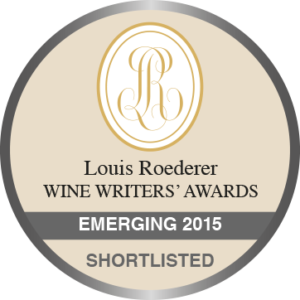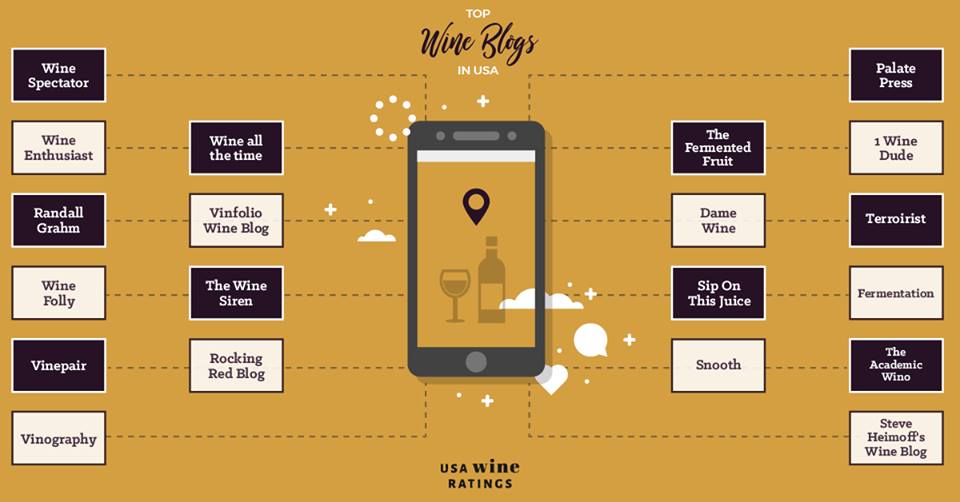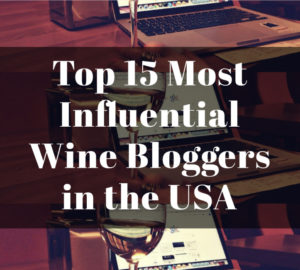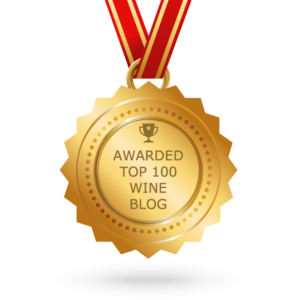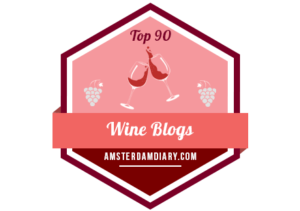The pounding of his heartbeat was the only thing he could hear as he surveyed the traditional European room accented with crystal chandeliers. For this adventurer who had climbed one of the highest peaks in the Southern Hemisphere, this was the biggest and most thrilling challenge he had ever faced. But as some of the most well-known European wine tasters started to finish up their blind tasting, that tremendous adrenaline rush subsided and an overwhelming panic overtook the adventurous man. Doubt began to creep in and he wondered if he had made the biggest mistake of his life, that would not only affect the image of his wines, but all of the wines produced in Chile.
Eduardo Chadwick, multi-generational Chilean vineyard owner and wine producer, had gathered some of the most prestigious wine professionals in Europe to conduct a blind tasting inspired by the Judgment of Paris blind tasting back in the 1970s, that first brought Napa Valley wines to international fame; but this time it would be Chilean fine wines against some of the top Bordeaux and Super Tuscan wines at an event called the Berlin Tasting, as it took place in Berlin, Germany.
Eduardo had already traveled the world several times, evangelizing Chile’s fine wine potential, especially his beloved Aconcagua wine region. But unfortunately, Chile’s “short international history” and its image as a producer of “value wines” made it impossible for critics and key players in the wine industry to take his fine wine claims seriously. Today, Chile’s diverse topography is undoubtedly much better known as it is a long country that is very narrow and travelers who have taken the journey from North to South have experienced its extreme diversity with places such as the Atacama Desert to central coast Chile to the Patagonia Icefield.
But that day, on January 23rd, 2004, when the Berlin Tasting took place, was Eduardo’s last chance to prove that Chilean Bordeaux-blends could make wines that would rival some of their best counterparts in the world. He placed three of his top wines in the lineup and although there was no other Chilean wine producer’s reputation on the line to worry about, he knew that, for better or for worse, Chile as a whole winemaking country would be judged that day. But he felt that he was given no other choice as every door for acceptance had been slammed in his face and either Chile resigned themselves as a country that would never be allowed within the fine wine world or they would fight to the very end.
Eduardo was just hoping that all three of his wines wouldn’t end up at the end once the scores were tallied; if only one could make it in the top five, it would perhaps start to open minds in regards to wines from Chile. As the list of the top ten wines was read, starting from the bottom and working its way to the top, his 2001 Don Maximiano Founder’s Reserve was announced at ninth place, and although it was better than last place, there was still a sense of disappointment if that was it for Chile. Then his 2000 Viña Seña was announced at fourth place, tied with 2001 Château Margaux and Eduardo started to relax as it proved Chilean wines could go toe to toe with the greatest of the greats. Third place belonged to 2000 Château Lafite-Rothschild, which was no surprise, but then, second place was given to 2001 Viña Seña, and if that didn’t already catch the room filled with wine luminaries off guard, first place would be a complete shock – Viñedo Chadwick, the wine that honors Eduardo’s father. At first, there was “complete silence,” according to Eduardo, that then turned to murmuring followed by a “long, hard round of applause.” He was beside himself in “disbelief,” and if he was dreaming, he certainly didn’t want anyone to wake him.
Although Eduardo is a part of a multi-generational family of vintners in Chile, with his great-great uncle pioneering the Aconcagua wine region as far back as the 1870s, it was the wineries that he started, Viña Seña (a.k.a Seña) and Viñedo Chadwick, that would go on to make history. Viñedo Chadwick became the first Chilean wine awarded 100 points by James Suckling (for the 2014 vintage) and it would make history again by receiving 100 points for the 2017 vintage as well. His beloved Seña, which he started in partnership with Robert Mondavi back in 1995, who significantly influenced him, received 100 points for the 2015 vintage.
Chile’s First Iconic Wine
Perseverance is certainly in Eduardo’s DNA as during the land reform that took place from 1962 to 1973, the land was confiscated from some of the largest estates, and 1,174 acres (475 hectares) were taken away from the Chadwick Errázuriz family estate, leaving them with only 62 acres (25 hectares). Eduardo’s father eventually bought back their old winery in 1983, Viña Errazuriz, and Eduardo took the opportunity to study vineyards and winemaking in-depth in Bordeaux. The family spent the next 30 years buying back land and replanting new vineyards that would produce high-quality grapes.
The legendary Robert Mondavi decided to first visit Chile in 1991 and Eduardo Chadwick was chosen to be his driver; during the visit, Mondavi realized he saw himself in Eduardo. Together they formed a partnership to start a project that would produce Chile’s first iconic wine to help the country gain respect in the wider wine world and hence, Seña became a reality in 1995. They would spend four years looking for the ideal location for Seña’s vineyard, which ended up on the hillside in an area called Ocoa, in the Aconcagua Valley, only 25 miles from the Pacific Ocean; the Mediterranean climate allows for grapes to fully ripen yet the cool nights, averaging 66 Fahrenheit at night during the growing season, would help to retain acidity and delicate aromatics.
Just like Mondavi’s unwavering belief in Napa Valley wines, he also believed that Chile’s Aconcagua wine region had the same potential. The Chadwick family had the means and the resources to make a great wine in some of the exceptional vineyards in Chile. Still, just as important, it would take a strong personality with a fierce tenacity at his core to constantly face the snickering, patronizing comments, sneers and the worst of them, most of the time just being completely ignored. Mondavi had been there, as even with the fanfare over the Judgment of Paris it still took decades to get people outside of California to take the wines seriously when they were compared to their European counterparts; in Eduardo, he saw such tenacity.
Even with Eduardo and his family as the sole owners of Viña Seña, he still feels the pioneering spirit of Mondavi with him, that American spirit that not only applies to the U.S. but to South America as well. And so he has been a relentless advocate for Chilean wines, just like Mondavi was for Napa, traveling the world and organizing blind tastings.
Ability to Age
But Eduardo took it a step further as he knew that the ability to age with grace was a key marker for a high-quality fine wine; so he again traveled the world, conducting blind tastings, but this time it was with back vintages of Seña against the same vintages of some of the most prestigious wines in the world. And not only did a Seña always come in first place, but many times various Seña vintages would take the top three. And he knows that the work is far from over, and happily, he can hand over his wineries and the special Seña project to his four daughters. One of them, Magui Chadwick, leads the way as marketing director to the two iconic estates of Seña and Viñedo Chadwick.
Now Magui is organizing events that celebrate the 2019 Seña that has been released in unique packaging to celebrate its 25th anniversary and Magui designed the label as well as being part of deciding the final blend with her father and their longtime team who have been there from Seña’s inception.
Magui has also decided to offer a 2009 library release to the market that has a unique label and it is packaged within a wooden collector’s box at a suggested retail price of only $150, continuing her father’s evangelizing of Chilean fine wines by allowing the fine wine drinkers of the world to decide for themselves.
Eduardo understood early on that the fight to gain respect for fine wines from Chile would be a long battle that would have no end. Eduardo is thrilled to hand the reins over to his daughters as he knows that the only way the wines of Chile will be able to evolve is if they are led by young leaders that have a fierce fire within them, such as he had in his youth.
Bringing Your Own Chair
And he speaks about Mondavi still today as an extraordinary example of answering an impossible question: how does one get a seat at the table when the hierarchy hasn’t given you an invitation? Mondavi brought his own folding chair to the table, took his seat proudly and defiantly and kept showing up until Napa received the respect it deserved. Many would try to dissuade Mondavi by calling him arrogant due to his nerve in talking about the greatness of Napa Valley wines when it was only the hierarchy’s place to do so. Passage of time always gives perspective and not only was he right in his statements about Napa but he opened the door to the idea that greatness is not only a privilege for those that were born into it but it was everyone’s right as long as they did the tremendous amount of work and they consistently over-delivered. That is not arrogance but simply justice.
And so, Eduardo sought out his justice; justice for the Aconcagua wine region, justice for Chilean wines and justice for the other America – South America. And it all started with that first leap at the Judgment of Berlin, not knowing his fate, Chile’s fate, still deciding that it was better to risk a humiliating modest showing, that would at least result in the knowledge that Chile is striving to make fine wines, rather than to give up on the notion of Chilean fine wines completely. In the end, it turned out better than he could have hoped and since that time, he has only continued to amaze famous personalities and connoisseurs in the wine world.
Eduardo brought his folding chair and set up his own seat at the table and he not only challenged misconceptions, but he blew them out of the water. He is confident that his daughters will crush those misconceptions in the future and bring Chile’s first iconic wine to the next level.
***Link to original article on Forbes: https://www.forbes.com/sites/cathrinetodd/2022/08/03/the-first-chilean-wine-producer-to-score-100-points-releases-over-decade-old-back-vintage/
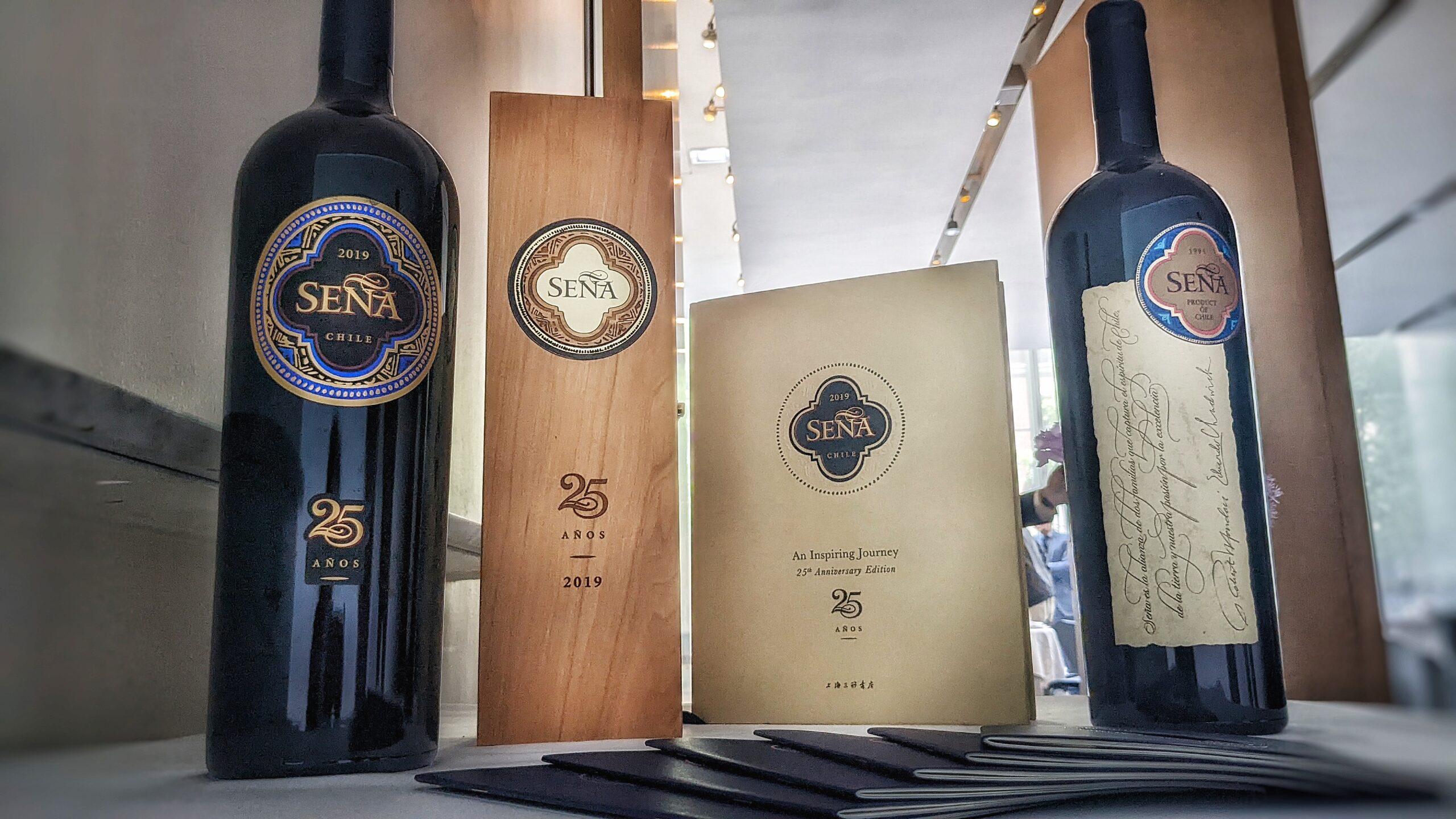
Photo Credit: Cathrine Todd
Seña hillside vineyard employs biodynamic farming practices for 100% of its vines.
1996 Seña, Aconcagua, Chile: 91% Cabernet Sauvignon and 9% Carménère (Carménère was initially planted in Bordeaux and brought to Chile, but it has found its home there). 1996 was the first vintage they released onto the more extensive market as the first vintage they produced was 1995. Tim Mondavi (Robert’s son) wanted to pick the grapes earlier, so the wine has marked acidity, which still gives it lots of vitality and this vintage is considered the “old style” of Seña, according to Eduardo. Smoldering sandalwood incense with still fresh fruit such as red raspberries and black cherries with fine tannins and mouthwatering acidity.
2005 Seña, Aconcagua, Chile: 57% Cabernet Sauvignon, 25% Merlot, 9% Carménère, 6% Cabernet Franc and 3% Petit Verdot. Once the Robert Mondavi family sold their wineries to Constellation in 2004, Eduardo bought the remaining 50% share from Robert so he and his family would own 100% of Seña. And so the 2005 vintage starts a new era by trying to find more balance of ripeness that includes the skins and seeds of the grapes as well as the sugar levels, retaining acidity and deep concentration. It has a very pretty floral nose with violets enhanced by baking spices and juicy blackberry fruit on the palate with complex notes of espresso and earth that has well-manicured broad tannins.
2009 Seña, Aconcagua, Chile: 54% Cabernet Sauvignon, 21% Carménère, 16% Merlot, 6% Petit Verdot and 3% Cabernet Franc. 2009 was a “warm and ripe vintage,” according to Eduardo, and it shows itself with a delicious rich cassis flavor balanced by notes of broken earth and graphite that still has an intense focus with wonderfully silky tannins.
2015 Seña, Aconcagua, Chile: 57% Cabernet Sauvignon, 21% Carmenere, 12% Malbec, 7% Petit Verdot and 3% Cabernet Franc. The 2015 Seña was awarded 100 points. Eduardo notes that the growing conditions in 2015 were “perfect” as it wasn’t too hot or too cold and he loves the balance of this wine. A very expressive wine with spring flowers, new leather, stony minerality and pristine red and black fruit that has tremendous vitality on the palate with lots of finesse along the extraordinarily long finish.
2017 Seña, Aconcagua, Chile: 52% Cabernet Sauvignon, 15% Malbec, 15% Carmenère, 10% Cabernet Franc and 8% Petit Verdot. Eduardo addressed the horrible fires in Chile in 2017, as many of the wine reports made it seem as if all of Chile was on fire, and he wanted to make it clear that Seña’s vineyard was not affected. And the proof is in the wine bottle in this case. Delicate mineral and floral aromatics with blueberry cobbler flavors and hints of underbrush notes with deeply etched tannins giving structure and lift to this wine.
2019 Seña, Aconcagua, Chile: 60% Cabernet Sauvignon, 21% Malbec, 15% Carmenere and 4% Petit Verdot. 2019 represents the 25th anniversary of Seña and the bottle has a special packaging. The 2019 vintage was warm, so it is considered to be between 2015 and 2017 in terms of climatic conditions. A stunning harmonious wine with enticing aromas of citrus blossom, jasmine and blackberry pie with hints of cigar box with silky texture and good weight on the mid-palate balanced by bright acidity along the flavorful and outright delectable finish.












